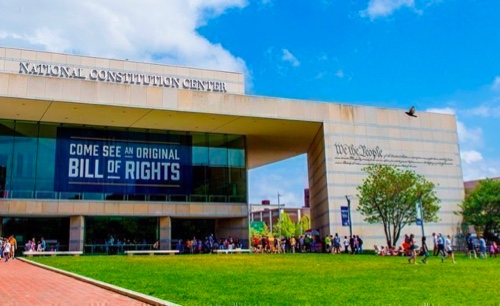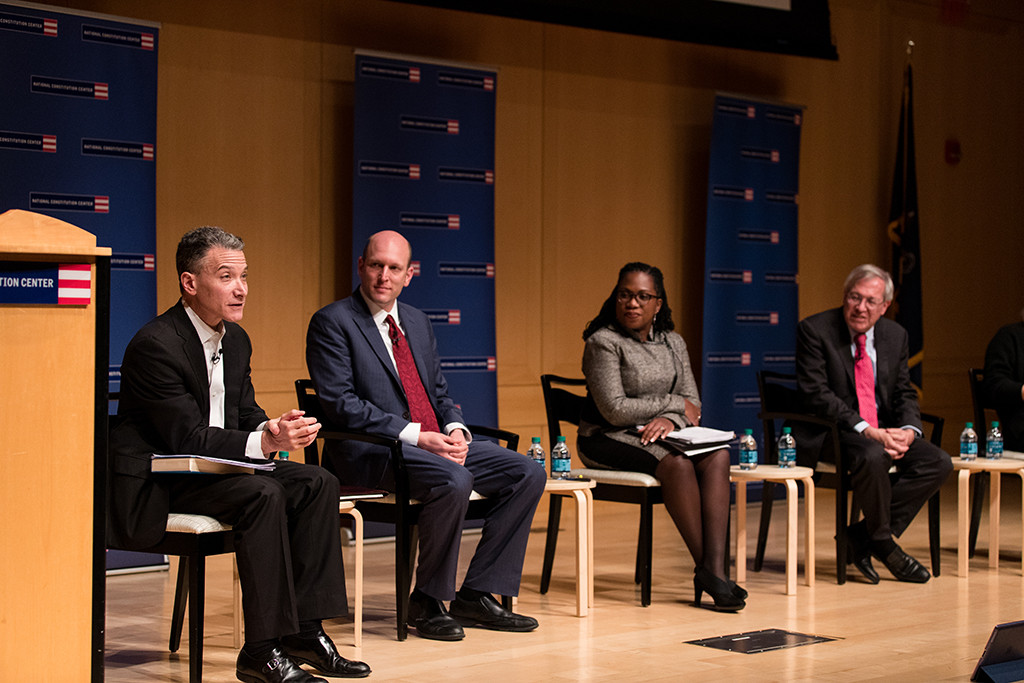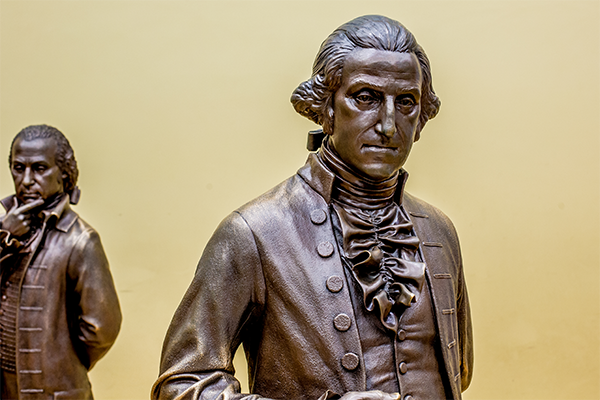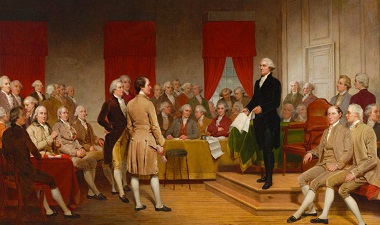The Trump Administration’s recent successes with its executive orders in the U.S. Supreme Court were mostly temporary victories around the edges of core constitutional questions. Now those questions are on a steady march back to the high court demanding clear answers.
 The victories were temporary because the Justices, generally the conservative majority, allowed the executive orders to go forward, despite district court injunctions, until appeals in the federal appellate courts and possibly the U.S. Supreme Court were completed.
The victories were temporary because the Justices, generally the conservative majority, allowed the executive orders to go forward, despite district court injunctions, until appeals in the federal appellate courts and possibly the U.S. Supreme Court were completed.
But “temporary” doesn’t mean insignificant. The relief sought by the Trump Administration, and granted by the high court, has led to the near dismantling of the U.S. Education Department, the firing of thousands of federal employees, the freezing of foreign assistance, and the deportation of immigrant detainees to countries to which they have no connections and face possible torture.
Particularly frustrating for opponents of the executive orders is the waiting for the Supreme Court to resolve the constitutional or statutory issues that triggered their legal challenges. Perhaps the best example involves the executive order restricting who is eligible for birthright citizenship under the Constitution’s Citizenship Clause.
That executive order did reach the Supreme Court and received full briefing and oral argument. But the only issue was whether district court judges could use nationwide or universal injunctions to block the order. The Justices did not reach the merits, or substance, of the executive order. A 6-3 majority did limit the use of those injunctions only when needed to provide complete relief to those who sued.
The constitutionality of the birthright citizenship order soon may be at the Supreme Court. A three-judge panel of the U.S. Court of Appeals for the Ninth Circuit, voting 2-1, on July 23 agreed with a district court ruling that the executive order was unconstitutional.
The Trump Administration’s approach to interpreting the Citizenship Clause, the panel majority wrote, is “contrary to the express language of the Citizenship Clause, the reasoning of Wong Kim Ark (Supreme Court precedent), Executive Branch practice for the past 125 years, the legislative history to the extent that should be considered, and because it is contrary to justice.”
The administration could seek review of the panel decision by the full Ninth Circuit, or it could appeal to the Supreme Court. There have been multiple district court rulings against the administration’s birthright citizenship executive order and at least one other federal appellate court is reviewing it. Court scholars and others expect the issue will get to the Supreme Court in time to be considered in the new term beginning in October.
More than 300 lawsuits have been filed challenging Trump executive orders and policies, according to one litigation tracker, Just Security. It would take considerable space here to identify all of the challenges, but here are four others likely to reach the high court soon.
Alien Enemy Act of 1798
“The Alien Enemy Act of 1798 is a wartime measure that authorizes the President, during a declared war or in the event of an "’invasion’ or ‘predatory incursion’ perpetrated or threatened by ‘any foreign nation or government,’ to issue regulations directing the conduct of or otherwise restraining citizens or nationals of the hostile nation or government,” according to the Congressional Research Service of the Library of Congress.
President Trump has claimed authority under the act to deport alleged members of international drug cartels that operate, he claims, as quasi-governmental agencies that threaten the safety and security of Americans. Their entry into the United States, his order contends, is akin to a qualified invasion or predatory incursion. Deportations under this authority have run to El Salvador and South Sudan without due process, which the Supreme Court has subsequently required.
As with the birthright citizenship executive order, there are multiple legal challenges to Trump’s use of the 1798 act to deport illegal immigrants. Some appeals by the administration are pending in the Fifth, Second and Tenth circuit courts of appeals.
Tariffs
More than half a dozen cases in the lower courts are challenging President Trump’s authority to impose tariffs. But the one to watch, because it is furthest along in the courts, is V.O.S. Selections v. Trump.
A group of small businesses and 12 states challenged Trump’s claim that he had authority to impose tariffs under the 1977 International Emergency Economic Powers Act. The U.S. Court of International Trade in late May rejected Trump’s claim that he had the authority to act under the IEEPA.
The government has appealed that court’s ruling to the U.S. Court of Appeals for the Federal Circuit. The Federal Circuit, which put the lower court ruling on temporary hold, will hear arguments in the government’s appeal on July 31.
The issue is almost certain to go to the Supreme Court whichever way the Federal Circuit rules.
A 1930s Precedent on Life Support
Acting on two recent emergency requests by the Trump administration, the Supreme Court’s conservative majority put on hold lower court orders blocking the firings without cause of Democratic members of the National Labor Relations Board and the Consumer Product Safety Commission.
The statutes governing those two agencies bar members’ removal without good cause. But the administration cited no reasons for the firings, and the Supreme Court gave no explanation for its grants of relief to the administration.
The court’s majority acted despite its own 1935 precedent holding that the restriction on removal does not interfere with executive power. In that 1935 decision, Humphrey’s Executor v. United States, the court said that Congress has authority, in creating such “quasi-legislative or quasi-judicial’ bodies, to “forbid their [members’] removal except for cause.”
The conservative majority has been chipping away at the 1935 decision, and the Trump administration has called for its overruling in its briefs to the court. Court scholars and others predict the administration will get its wish sooner rather than later.
Transgender Military Service
In May, a 6-3 Supreme Court temporarily allowed the Trump Administration’s ban on transgender individuals serving in the military to take effect after being blocked by lower courts. The ban remains in effect as the underlying legal challenges continue in the district and appellate courts.
United States v. Shilling is now on appeal in the U.S. Court of Appeals for the Ninth Circuit. Arguments may be held later this fall.
Marcia Coyle is a regular contributor to Constitution Daily. She was the Supreme Court Correspondent for The National Law Journal and PBS NewsHour who has covered the Supreme Court for more than three decades.







